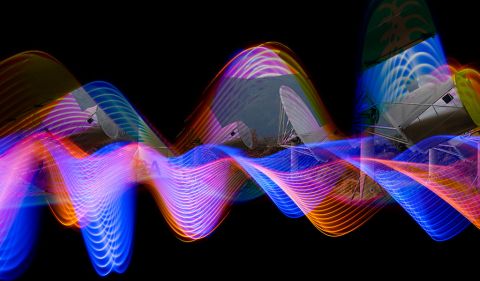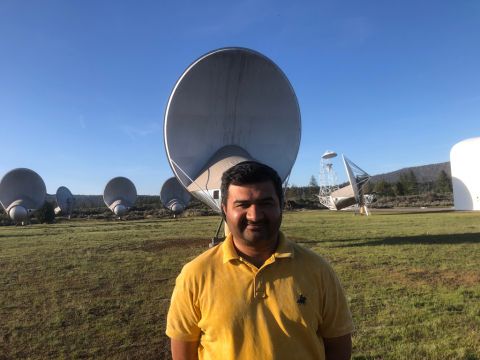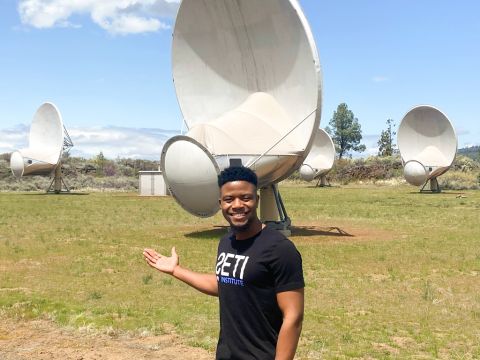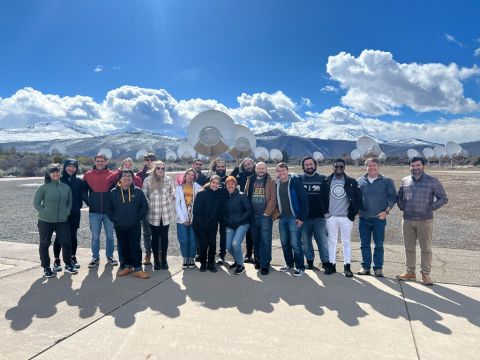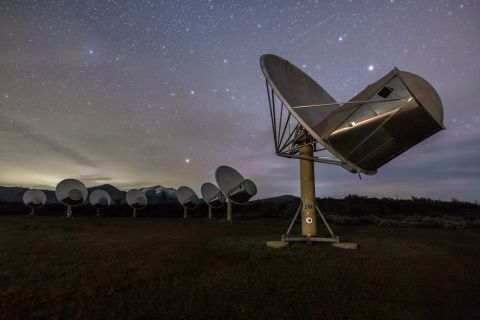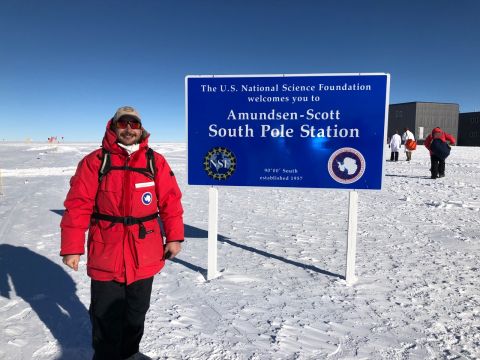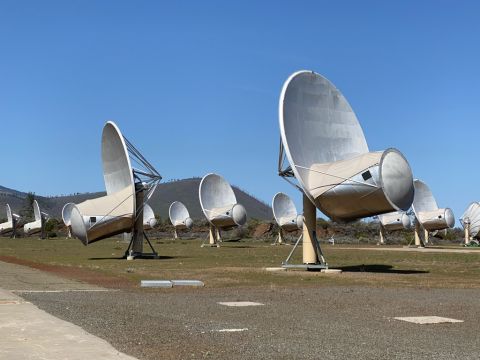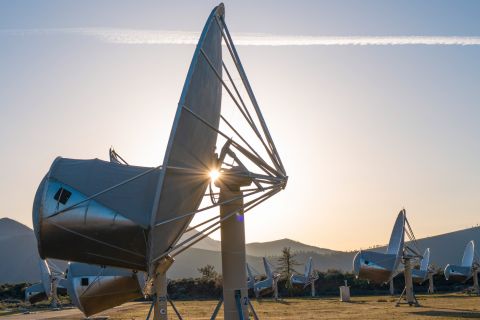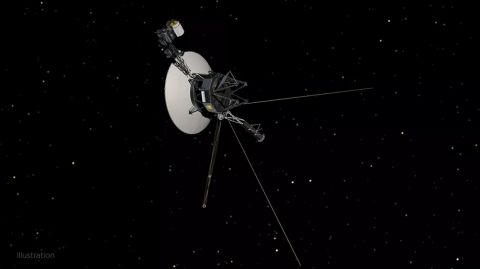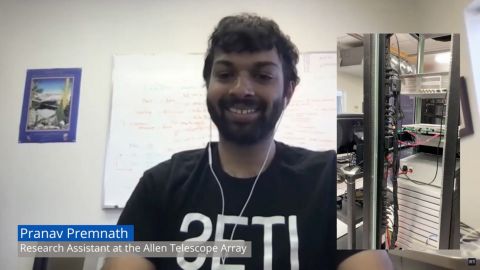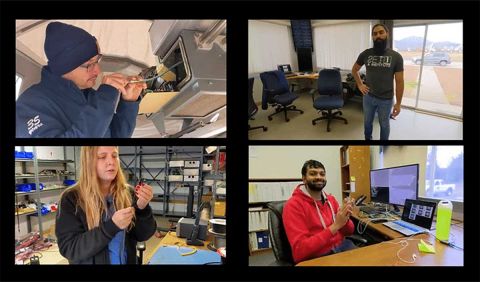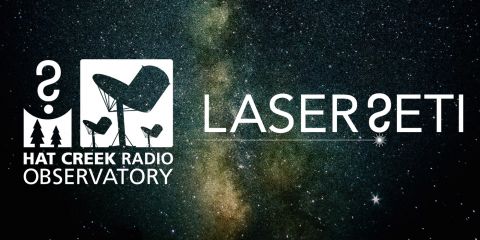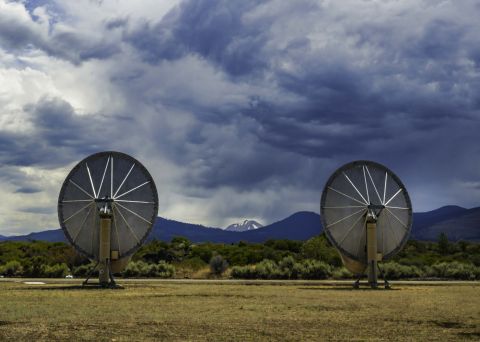What is the Allen Telescope Array?
The Allen Telescope Array (ATA) is located at the Hat Creek Observatory in the Cascade Mountains of California, approximately 300 miles to the north of San Francisco and two dozen miles north of Lassen Peak. It comprises an array of 42 antennas, each 6 meters in diameter, which can be simultaneously used for both SETI and cutting-edge radio astronomy research.
The ATA is currently being upgraded with more sensitive receivers. While it is not the world’s largest antenna array, it has the advantage of being able to examine large swaths of the sky, and over a wide range of frequencies from approximately 1 – 14 GHz. Unlike other instruments that are mostly used for radio astronomy projects, the ATA can devote large amounts of time to SETI searches.
What has the Allen Telescope Array observed?
There have been several observing projects on the Allen Telescope Array. One was a reconnaissance of star systems found to have planets (or planet candidates) by NASA’s Kepler Mission, and especially those planets in the so-called habitable zone. Kepler has uncovered thousands of candidate planets since its launch, and those worlds make routine appearances on the observing lists for the ATA.
In addition, the ATA has observed a small region in the vicinity of the Milky Way’s galactic center. This is the region of highest stellar density in the galaxy, and it’s conceivable that truly advanced societies might place a “beacon” there.
A third effort by the ATA has been to observe nearby, so-called “hab stars”. These are stellar systems less than 1,000 light-years distant that have characteristics that would make them suitable hosts (“habitable”) for planets with life. This last project was an extension of Project Phoenix, a SETI Institute effort that ran from 1995 – 2004, and used radio telescopes in Australia, West Virginia, and Puerto Rico to scrutinize one thousand nearby star systems in a hunt for radio signals.
Other ATA projects have included an effort to detect any radio signals coming from the object ‘Oumuamua, and from the direction of the WOW signal, uncovered in 1977 by the (now defunct) “Big Ear” radio telescope of Ohio State University.
In 2020, new improved receivers to garner both better sensitivity and a wider frequency range for the ATA have been under construction. Several new SETI observing programs to take advantage of this new hardware are now being formulated.
-Seth Shostak, updated: July 2021.



